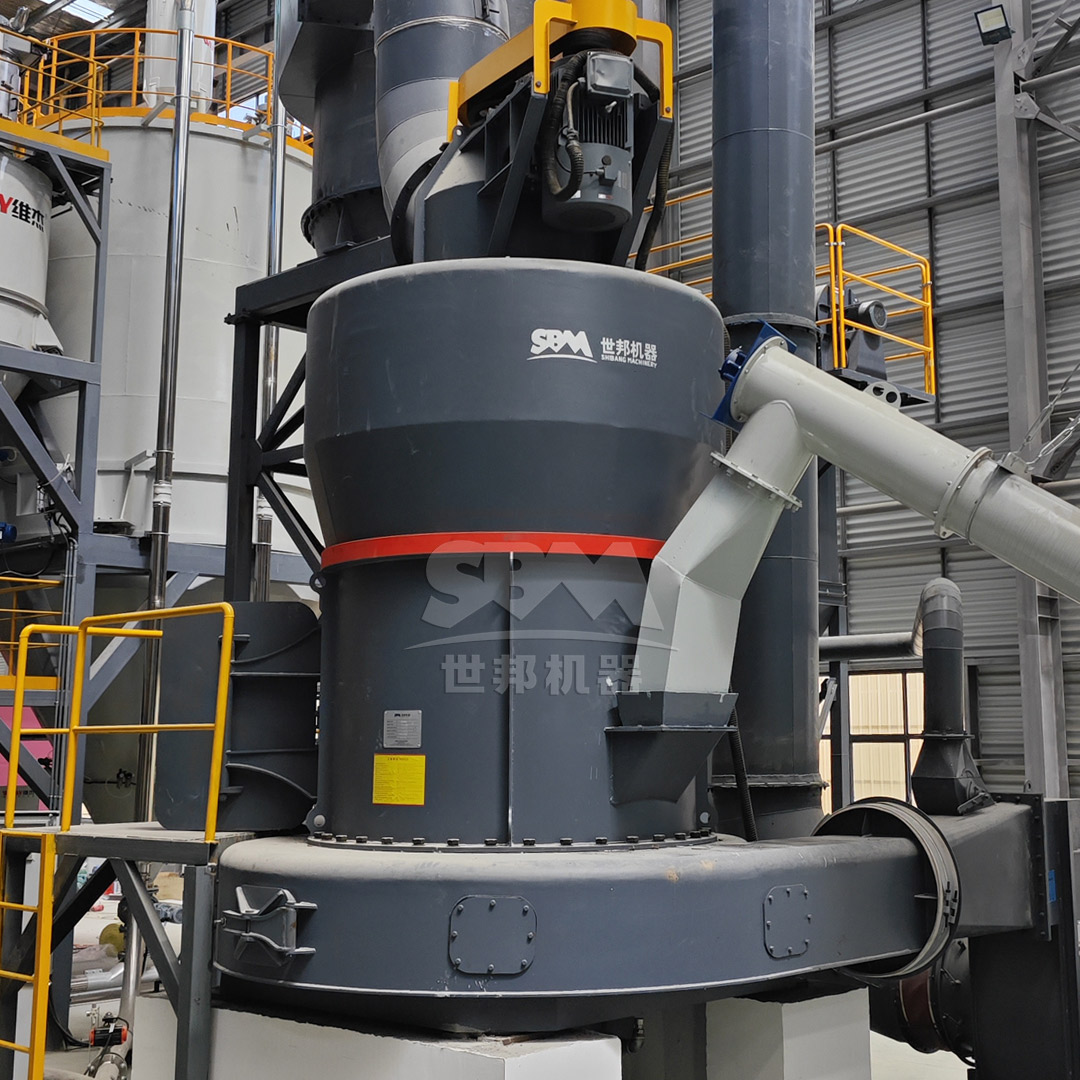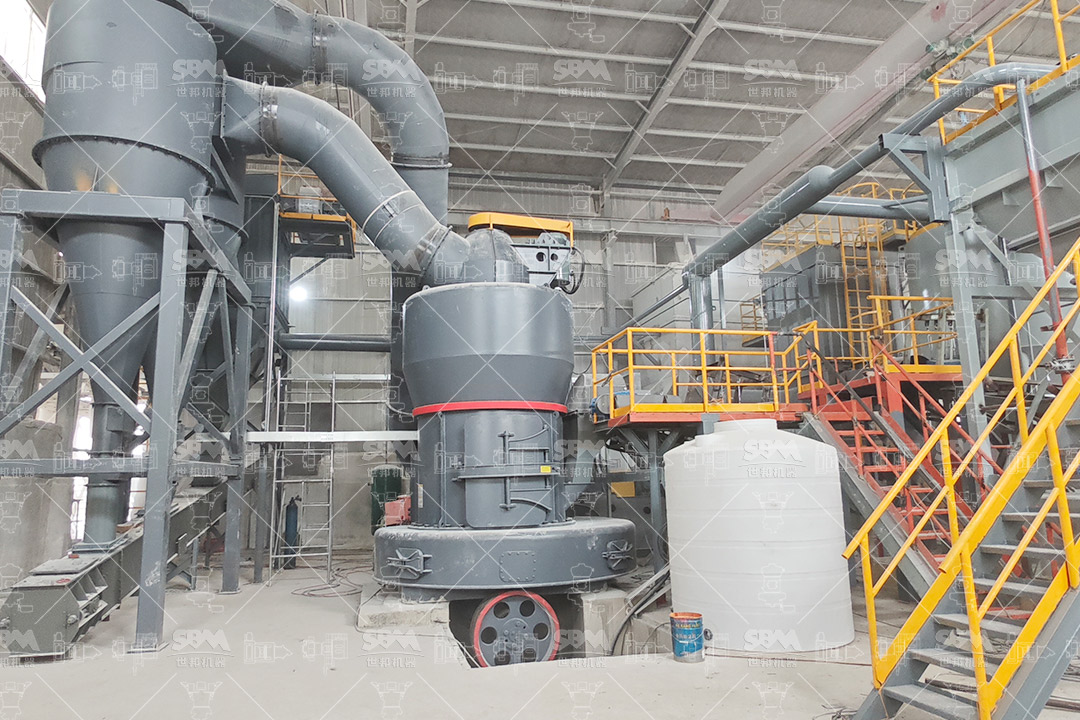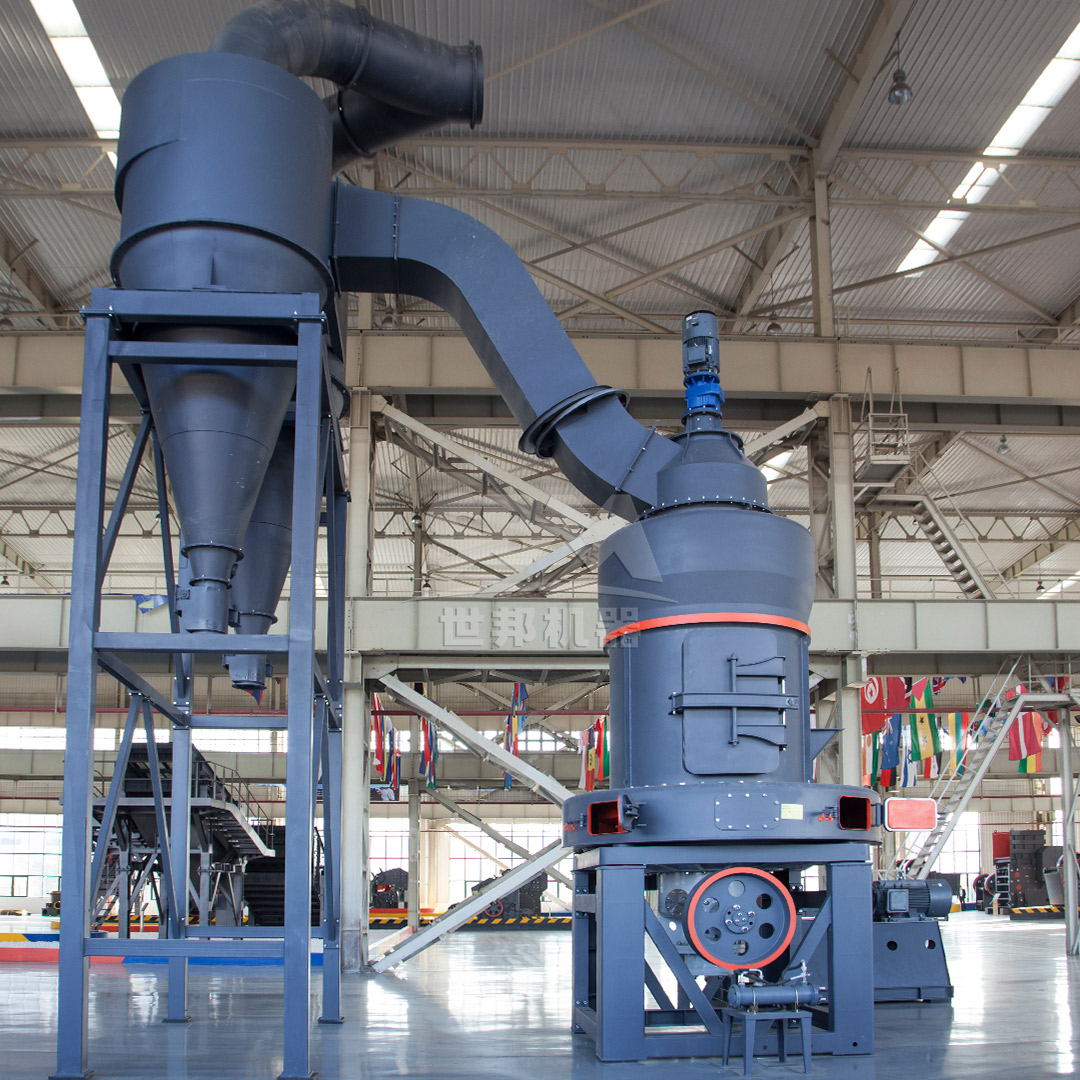Ball mills have been the cornerstone of mineral processing operations for over a century, providing reliable and efficient size reduction for various materials, including marble. The transformation of raw marble blocks into fine powder requires precise mechanical forces and controlled operating parameters to achieve the desired particle size distribution and quality characteristics. This comprehensive analysis explores the fundamental principles, operational mechanisms, and technological considerations of ball mill systems specifically engineered for marble powder production.
Marble, a metamorphic rock composed primarily of calcite or dolomite crystals, possesses unique physical properties that influence its grinding behavior. The relatively soft nature of marble (Mohs hardness of 3-4) makes it particularly suitable for ball milling operations, though specific challenges related to particle shape control and surface characteristics must be addressed through proper mill design and operational parameters.

The operational theory of ball mills revolves around the combination of impact and attrition forces applied to the material being processed. When the cylindrical shell rotates around its horizontal axis, the grinding media (typically steel or ceramic balls) are lifted to a certain height before cascading or cataracting back onto the material bed. This continuous motion generates three distinct size reduction mechanisms:
The efficiency of these mechanisms depends on multiple factors, including mill speed, ball size distribution, material filling ratio, and slurry density (in wet grinding applications). For marble processing, the relatively low hardness allows for effective size reduction through both impact and attrition, though careful control is necessary to prevent overgrinding and excessive heat generation, which can affect the whiteness and chemical properties of the final product.
A standard ball mill system for marble powder production consists of several integrated components, each serving a specific purpose in the grinding circuit:
| Component | Primary Function | Material Considerations for Marble |
|---|---|---|
| Mill Shell | Provides structural integrity and contains grinding process | Carbon steel with abrasion-resistant liners |
| Grinding Media | Direct size reduction through impact and attrition | High-chrome steel or alumina ceramic balls |
| Liners | Protect mill shell and enhance grinding efficiency | Wave-type or stepped manganese steel |
| Drive System | Transmit power to rotate mill at controlled speed | Gear and pinion or central drive configurations |
| Feeding System | Introduce material at controlled rate | Screw feeder with variable speed control |
| Discharge System | Remove ground product while retaining media | Grate diaphragm with classifying liners |
The selection of grinding media deserves particular attention in marble processing. While traditional high-chrome steel balls offer excellent impact resistance and longevity, ceramic grinding media (especially high-alumina content) may be preferred for ultra-white marble powder applications to minimize iron contamination. The size distribution of grinding media should be optimized based on the feed size and target product fineness, typically ranging from 15mm to 50mm diameter for marble grinding operations.
The quality characteristics of marble powder – including particle size distribution, shape factor, brightness, and chemical purity – are directly influenced by specific operational parameters during ball milling:
Advanced ball mill systems incorporate real-time monitoring of these parameters through power draw analysis, acoustic sensors, and particle size measurement to maintain consistent product quality. The relatively soft nature of marble makes it particularly responsive to operational adjustments, allowing operators to fine-tune the process for specific application requirements.

While ball mills represent a proven technology for marble powder production, several alternative grinding systems offer distinct advantages for specific applications. Understanding these alternatives helps in selecting the most appropriate technology for particular marble processing requirements:
| Technology | Optimal Fineness Range | Energy Efficiency | Capital Cost | Maintenance Requirements |
|---|---|---|---|---|
| Ball Mill | 45-250 microns | Moderate | Medium | Medium-High |
| Vertical Roller Mill | 45-150 microns | High | High | Medium |
| Raymond Mill | 150-45 microns | Moderate-High | Medium | Low-Medium |
| Ultrafine Grinding Mill | 5-45 microns | Moderate | High | Medium |
For operations requiring extremely fine marble powders with tight particle size distributions, advanced grinding technologies often deliver superior performance. Among these, our SCM Ultrafine Mill represents a technological leap forward in fine and ultrafine marble processing. With output fineness ranging from 325 to 2500 mesh (D97≤5μm) and processing capacity of 0.5-25 tons per hour depending on model, this system incorporates several proprietary technologies that make it particularly suitable for high-value marble powder production.
The SCM Ultrafine Mill achieves its exceptional performance through a multi-layer grinding ring design driven by the main motor, where material is dispersed into the grinding path by centrifugal force and progressively refined through roller compression across multiple stages. The integrated vertical turbine classifier ensures precise particle size control without coarse powder contamination, while the pulse dust collection system maintains operational cleanliness with efficiency exceeding international standards. With energy consumption 30% lower than jet mills and twice the production capacity, this system represents an optimal solution for marble processors targeting the ultrafine powder market.
Modern marble processing facilities rarely employ standalone ball mills, instead utilizing integrated circuits that optimize overall efficiency and product quality. Common circuit configurations include:
For large-scale marble powder production, our MTW Series Trapezium Mill offers an excellent balance of capacity, efficiency, and product quality. With processing capabilities ranging from 3 to 45 tons per hour and output fineness adjustable between 30-325 mesh, this European-style grinding mill incorporates several innovative features specifically beneficial for marble processing. The curved air channel design minimizes energy losses during material transport, while the combined shovel blade configuration reduces maintenance costs and extends operational intervals. The integral transmission with bevel gear achieves 98% transmission efficiency, significantly higher than traditional designs, and the wear-resistant volute structure enhances separation efficiency while lowering long-term operating costs.
Producing consistent, high-quality marble powder requires comprehensive quality control throughout the ball milling process. Key parameters monitored during production include:
Modern ball mill operations increasingly incorporate automated sampling and analysis systems that provide real-time feedback for process adjustment. Advanced control strategies using model predictive control (MPC) or fuzzy logic can maintain product quality despite variations in feed characteristics or environmental conditions.

The economic viability of ball mill operations for marble powder production depends on careful optimization of several cost components:
Optimization strategies typically focus on identifying the most cost-effective balance between production rate, product quality, and operating costs. For many marble powder producers, this involves operating at slightly coarser product sizes when possible, as energy requirements increase exponentially with finer grinding targets. The implementation of advanced process control systems typically delivers return on investment within 12-24 months through improved consistency, reduced energy consumption, and lower media wear.
Ball mill operations for marble powder production must address several environmental and safety concerns:
Contemporary ball mill designs incorporate numerous features to address these concerns, including integrated dust collection systems, sound-dampening materials, high-efficiency motors, and water recycling capabilities. Regulatory compliance typically requires monitoring of airborne particulate levels, noise exposure, and energy consumption, with increasingly stringent standards driving technological innovation.
The evolution of ball milling technology for marble powder production continues along several promising trajectories:
These developments promise to further enhance the efficiency, sustainability, and economic viability of ball mill operations for marble powder production. As market requirements evolve toward tighter specifications and greater customization flexibility, ball mill technology continues to adapt through innovation and refinement of established principles.
Ball mill technology remains a fundamental and versatile solution for marble powder production, combining proven principles with continuous technological refinement. The efficient transformation of marble feedstock into precisely controlled powder products requires careful attention to operational parameters, circuit design, and quality control measures. While traditional ball mills effectively serve many applications, advanced grinding technologies like our SCM Ultrafine Mill and MTW Series Trapezium Mill offer compelling advantages for specific requirements, particularly in the fine and ultrafine particle size ranges.
The selection of appropriate grinding technology should consider the complete production context, including feed characteristics, target product specifications, capacity requirements, economic factors, and environmental considerations. Through proper implementation and optimization, ball milling operations can produce high-quality marble powders efficiently and reliably, serving diverse industrial applications from construction materials to specialty chemicals and beyond.